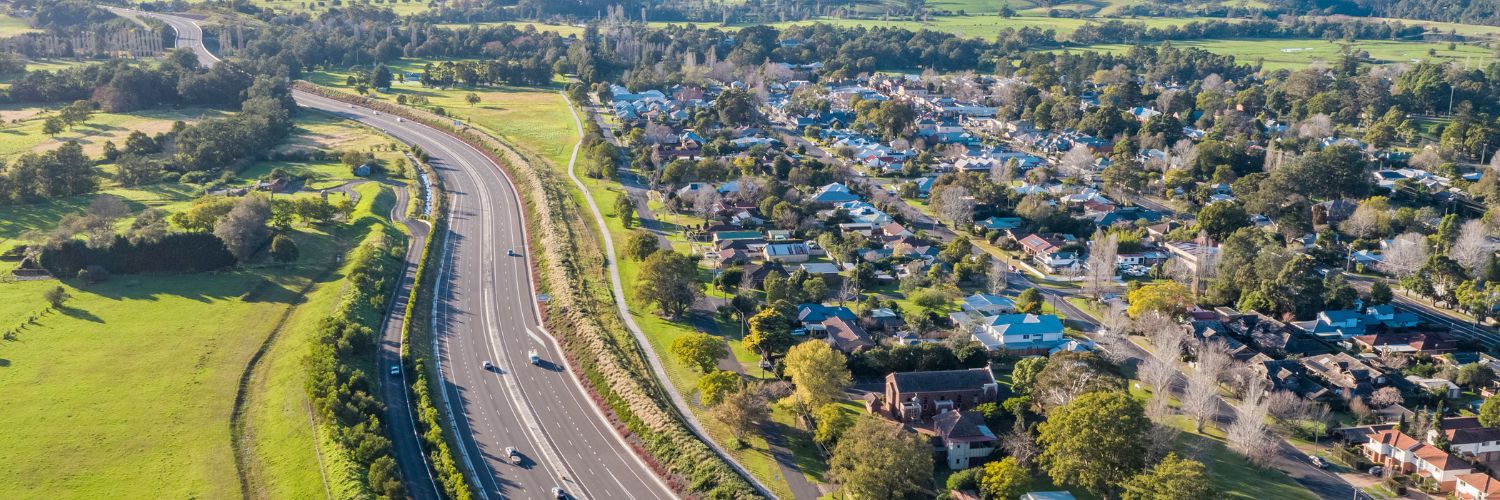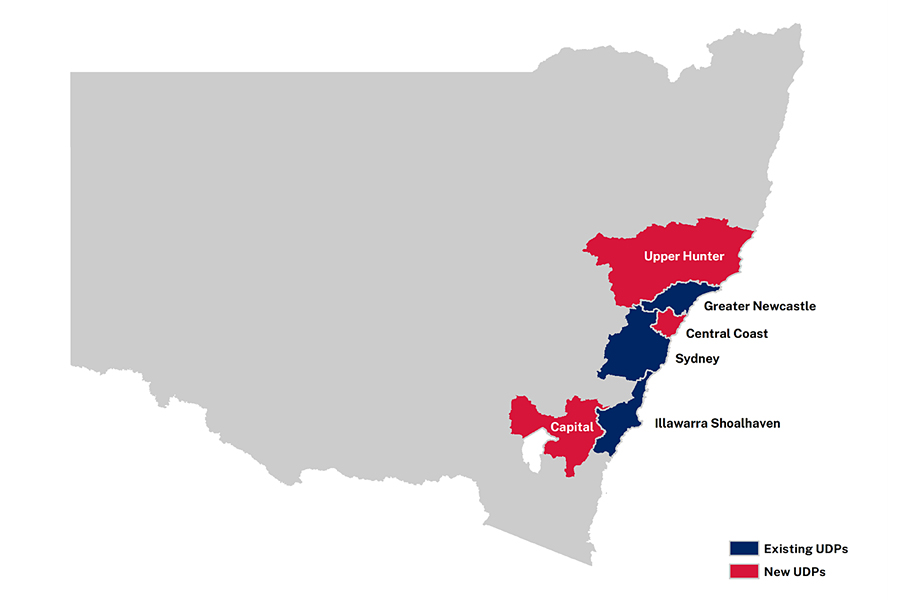Infrastructure servicing is a key part of planning for new housing in local communities. Dwelling lots are considered ‘development-ready’ when they are both zoned for housing and serviced by enabling infrastructure – including roads, power, water and sewer servicing. Both infill and greenfield housing require new or upgraded infrastructure servicing to deliver housing, however servicing costs are typically higher in greenfield areas.
In 2021, the NSW Regional Housing Taskforce found misalignment to be a key issue affecting supply with rezoning decisions typically occurring prior to infrastructure needs being identified and funded. Infrastructure delays can impede housing construction, completion and occupancy adding to development costs and timeframes. Misalignment can also have direct financial impacts on councils or utility providers tasked with infrastructure provision.
To mitigate the risk of housing delays, housing-related infrastructure requires upfront coordination and secure funding as responsibilities are split between developers, local government and state governments.
The NSW Government is continuing work to support alignment of infrastructure and planning activities. This includes:
- Co-funding local infrastructure projects with councils to bring forward housing development activity has helped to bring forward delivery of roads, cycleways, critical infrastructure (e.g. water, drainage and electricity) and open and public space to support both new and existing dwellings.
- Piloting new approaches to coordination of housing and infrastructure, for example through the Western Parkland City Urban Development Program (UDP) pilot. The UDP approach brings key NSW infrastructure agencies, council and developers together to provide clearer links between development priorities and investment decisions, and improve governance arrangements to better coordinate service delivery and private development.
- Strategically planning for new housing growth in areas that are already serviced by major infrastructure, particularly in well located areas around transport hubs.
- Working with NSW Treasury and Infrastructure NSW to develop a new place-based approach to infrastructure investment to align and simplify decision making. The model is being trialled for the Macquarie Park Innovation Precinct alongside the rezoning process.
Under the National Housing Accord, NSW has committed to new housing in well-located areas. This can help bring forward housing supply by leveraging existing infrastructure capacity and investments.
NSW Government is working with local government and industry to identify planning and infrastructure barriers to new housing and opportunities for innovative solutions.
Urban Development Programs
The NSW Government has developed Urban Development Program (UDP) dashboards to help monitor land supply and development activity.
Existing UDP dashboards were already in place for Greater Sydney and Illawarra-Shoalhaven regions. New UDP dashboards were finalised in early 2023 for Greater Newcastle, Central Coast, Upper Hunter and Mid Coast, and a new housing dashboard for the North Coast.
Since the last quarterly insights monitor report, additional dashboards are being finalised for the Capital Region UDP (Goulbourn Mulwaree, Queanbeyan-Palerang and Yass Valley) and an updated dashboard for the existing Illawarra-Shoalhaven UDP.
Additionally, UDP Committees for the Central Coast and Upper Hunter and Mid Coast have commenced meeting to facilitate collaboration between industry, utility providers, and state and local government stakeholders and support better integration of land use and infrastructure planning and delivery.
A UDP Western Parkland City Pilot was established in January 2023 and is funded to run until 30 June 2023 to pilot an expanded UDP in the Western Sydney context. The pilot is stakeholder and solutions focused to target planning and infrastructure shortfalls and deliver a housing pipeline in the Western Parkland City. Outputs of the pilot have included improved data for decision making, and recommendations for the most efficient (cost and resourcing) way to sequence the delivery of infrastructure to support housing that is aligned with market needs and developer interest.
Reporting on zoned and serviced land for UDP regions will be included in future insights monitors.

